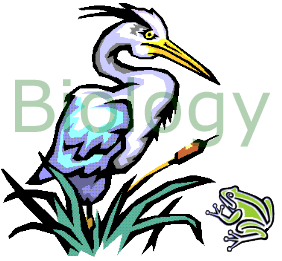| Energy Changes
Energy is something you can do work with:
The forms of energy are:
- heat
- light
- sound
- electrical
- stored
- kinetic
(movement)
The
amount of energy can be measured in joules or kilojoules:
- 1
kilojoule = 1000 joules
Stored Energy
Stored
energy comes in three forms:
- Chemical
- in
fuels like oil and coal
- in
batteries
- in
chemicals like magnesium and sodium
- Potential energy
- in things high up
- in
springs
- in
stretched elastic
- Nuclear
- in radioactive chemicals like uranium
Energy
can neither be created or destroyed
- it
just changes from one form into another
Energy and Work
Energy
changes are required before any work can be done with it.
The
main energy changes that occur in a variety of simple situations are:
- battery
chemical
 electrical electrical
- steam
engine chemical
 kinetic kinetic
- parachutist
potential
 kinetic kinetic
Machines
A machine is a device for changing or
transferring energy
- machines
are designed to change energy from a less useful form to a more useful form
- the change is never perfect and some energy is wasted in useless forms.
- You
never get as much useful energy out of a machine as you put into it
- Mostly
the waste energy is heat.
- In a
light bulb the energy change is electrical
 light and heat. light and heat.
- The light is the useful energy and the heat
is the wasted energy.
Fossil Fuels
The fossil fuels are:
How fossil fuels
were formed
Coal:
- 250
million years ago forests covered
much of the land on earth
- under
them a thick layer of peaty material
formed
- over
millions of years these remains were buried under layers of rock
- slowly
the heat and pressure changed the
remains into coal
Oil
and natural gas
- In ancient oceans and lakes tiny plants and animals lived and died
- At
the sea/lake bed a tick layer of rotting
remains formed
- over
millions of years these remains were buried under layers of rock
- slowly
the heat and pressure changed the
remains into oil and gas
The
advantages and disadvantages of using fossil fuels
- Advantages
- A
kilogram of fossil fuel contains a lot of kilojoules, more than wood or peat
- They
are still relatively cheap
- Disadvantages
- They
cause pollution when burned
- smoke
- acid rain
- in particular they cause global warming
- They
will run out eventually
- Extracting
them from the earth can be dangerous
Renewable and non-renewable energy
Fossil fuels and nuclear fuel are decribed as non-renewable because they will run out eventually.
- Types of
renewable
energy are:
- Solar (sun) power
- wave power
- wind power
- Hydro-electric power
- Advantages:
- pollution free
- will not run out
- Disadvantages:
- on a dull, windless day with little waves they do not
generate power
- hey are expensive to
set up
- Can be eyesores
Hydro-electric power.
Produced from the kinetic energy of water flowing downhill
- Advantages:
- pollution free, will not run out.
- Disadvantages:
- dams must be built and areas of countryside must be flooded
- They are expensive to set up.
- In a dry year the water can run out.
Energy in Living Things
The
human body needs energy to:
- keep
itself running
- repair
damaged tissue
- to
grow
Food
contains chemical energy to do this
- Energy
changes take place in the body:
- Muscles
chemical to kinetic
- Eyes
light to electrical
- Ears
sound to electrical Voice
box – chemical to sound
Food Calcultions
All
foods have labels on them which tell you how many kilojoules there is in 100
grams of the food:
You
should be able to carry out calculations like this:
|

